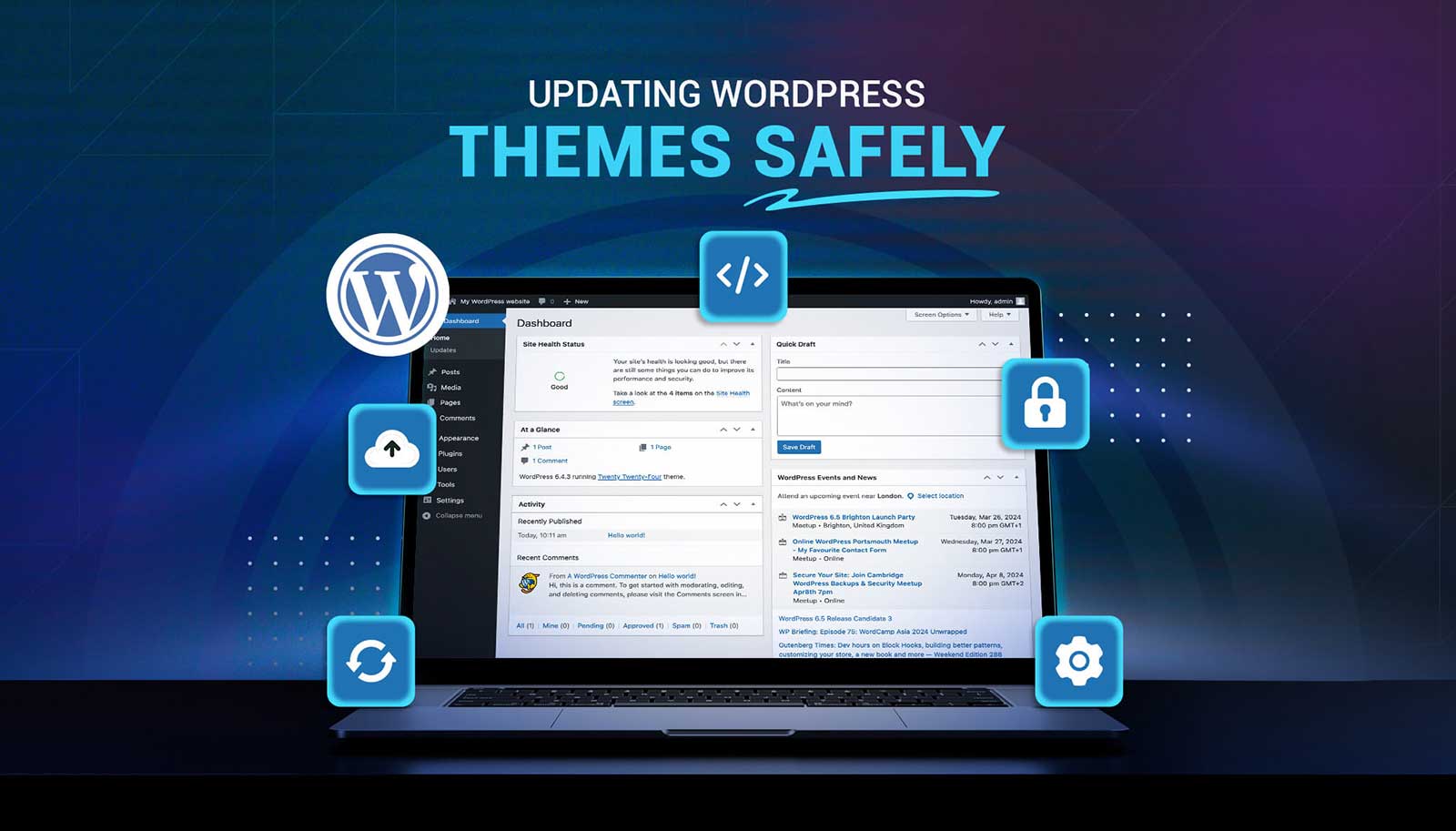Creating an optimal user experience for mobile devices is essential for businesses of all sizes. Mobile users now account for more than half of all web traffic, which will only continue to grow. Companies should plan ahead and ensure their online presence is optimized for mobile devices. Here are nine strategies to create a mobile-friendly web experience
1. Create a Responsive Design
Responsive design is a must-have for any mobile-friendly website. This approach allows you to create a single website that will respond differently depending on the device’s size. Using flexible grids, images, and CSS media queries, your site will automatically adjust its layout, navigation, and typography to optimize it for whatever device it’s accessing. All users have an enjoyable experience regardless of device.
2. Simplify Navigation & Interaction
Mobile devices have smaller screens than desktop computers, so there’s less room for buttons, menus, and other navigation elements on a phone or tablet interface compared to a desktop one. Designers should prioritize content hierarchy and usability when creating mobile websites. Additionally, simple interactions like tap instead of click should be used when possible as this fits better with the touch capabilities of most mobile devices today. It’s also important to ensure all elements are big enough that users’ fingers can easily tap them without accidentally triggering other aspects simultaneously.
3. Minimize Load Times
The longer a website takes to load, the more likely users are to leave and never come back. Mobile devices typically have slower speeds than desktops and laptops, so it’s important to make sure your web pages don’t take too long to load when viewed on a mobile device. The longer a website takes to load, the more likely users are to leave and never come back. Optimizing page load times can be achieved in several ways, including minimizing server response time, leveraging browser caching, and minifying code, HTML, and CSS files.
4. Prioritize Simplicity
Don’t overwhelm visitors with too much information at once; prioritize simplicity whenever possible by keeping navigation clean and link titles clearly labelled, so visitors don’t have to guess where each page takes them after clicking on a link.
5. Offers Intuitive Options
Web forms should be intuitive, with checkboxes, radio buttons, and text boxes easily visible and accessible within the form itself instead of tucked away somewhere else on the page (like below the fold). Offering users shortcuts via autocompletes helps save time as well!
6. Leverage Mini Menus
If you have multiple menu items across various subcategories under one main navigation, then consider utilizing mini menus instead – this way, you won’t place all navigation options in front of users at once, which could lead to confusion and distraction.
7. Test & Refine Regularly
You must regularly test your mobile site or app to be aware of changes made, whether new elements are added or updated. Using A/B testing software available through analytics packages like Google Analytics can provide visibility into user interests and allow you to fine-tune mobile experiences for better results overall.
8. Avoid Pop-Ups
It’s important to limit your use of pop-ups in your mobile web design. Consider using alternative methods for collecting user data or delivering promotional content, such as banners or slide shows, as these provide a less intrusive and more engaging experience. Furthermore, any pop-ups should be optimized for smaller screens and incorporate easy-to-understand dismissal controls.
9. Utilize Push Notifications & In-App Messages
Take advantage of push notifications and in-app messages to remind users about new content, products, services, and updates – this can increase engagement and boost sales over time.




